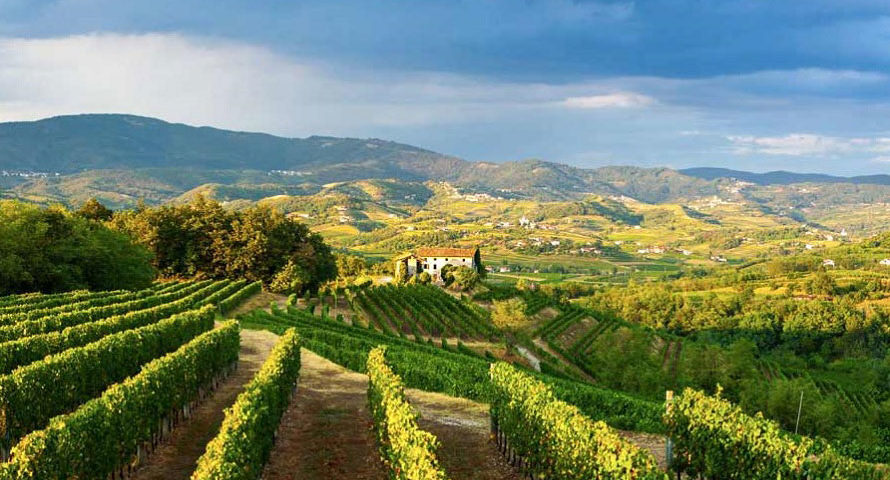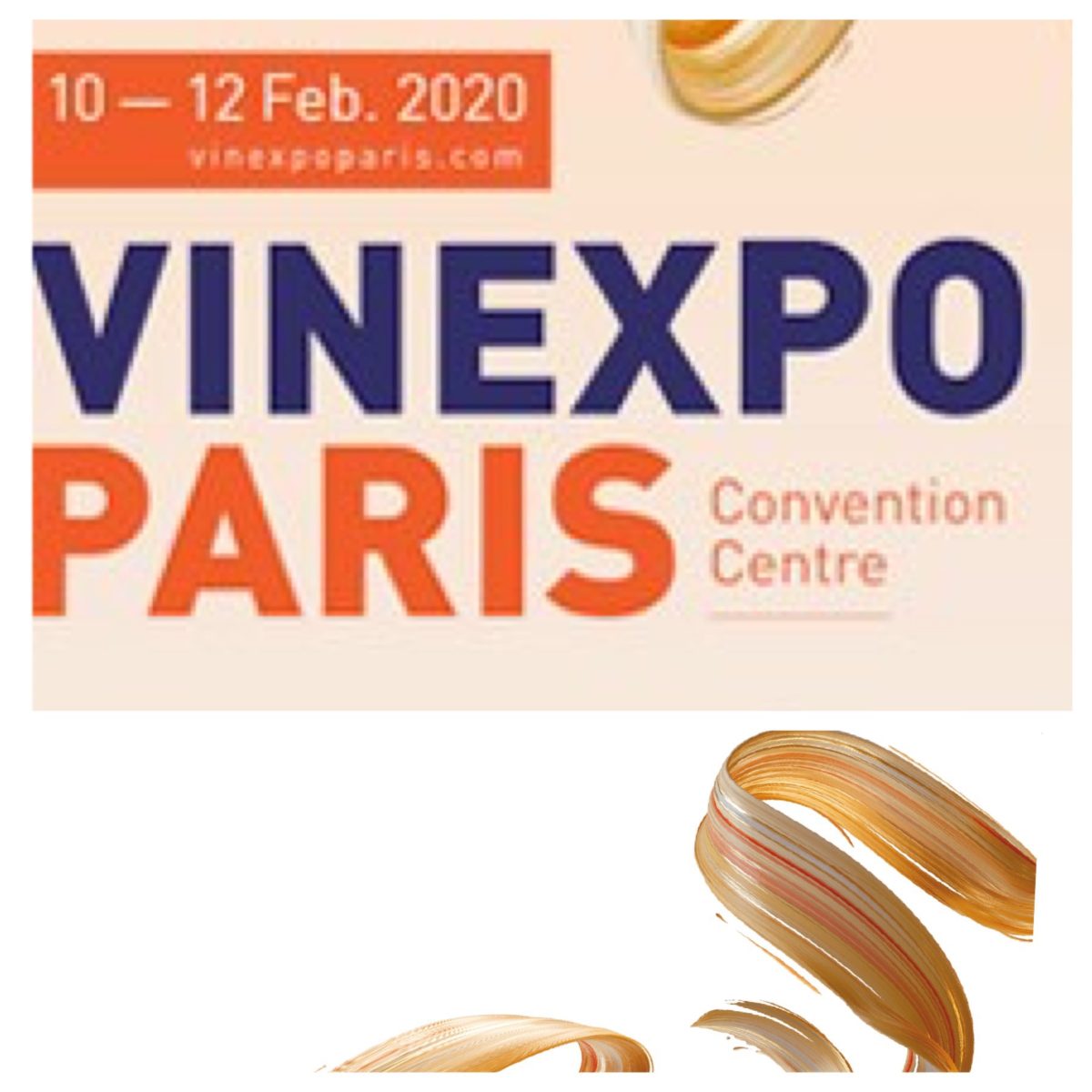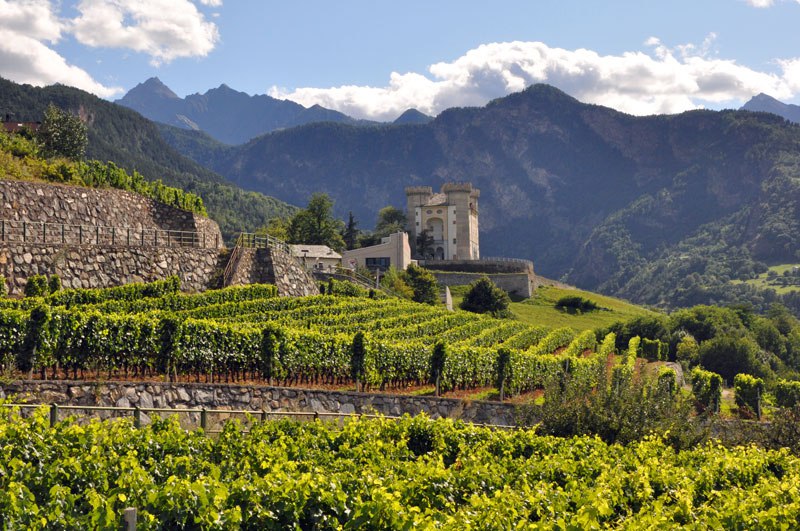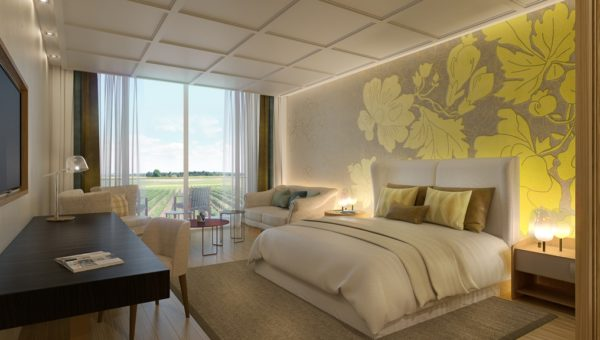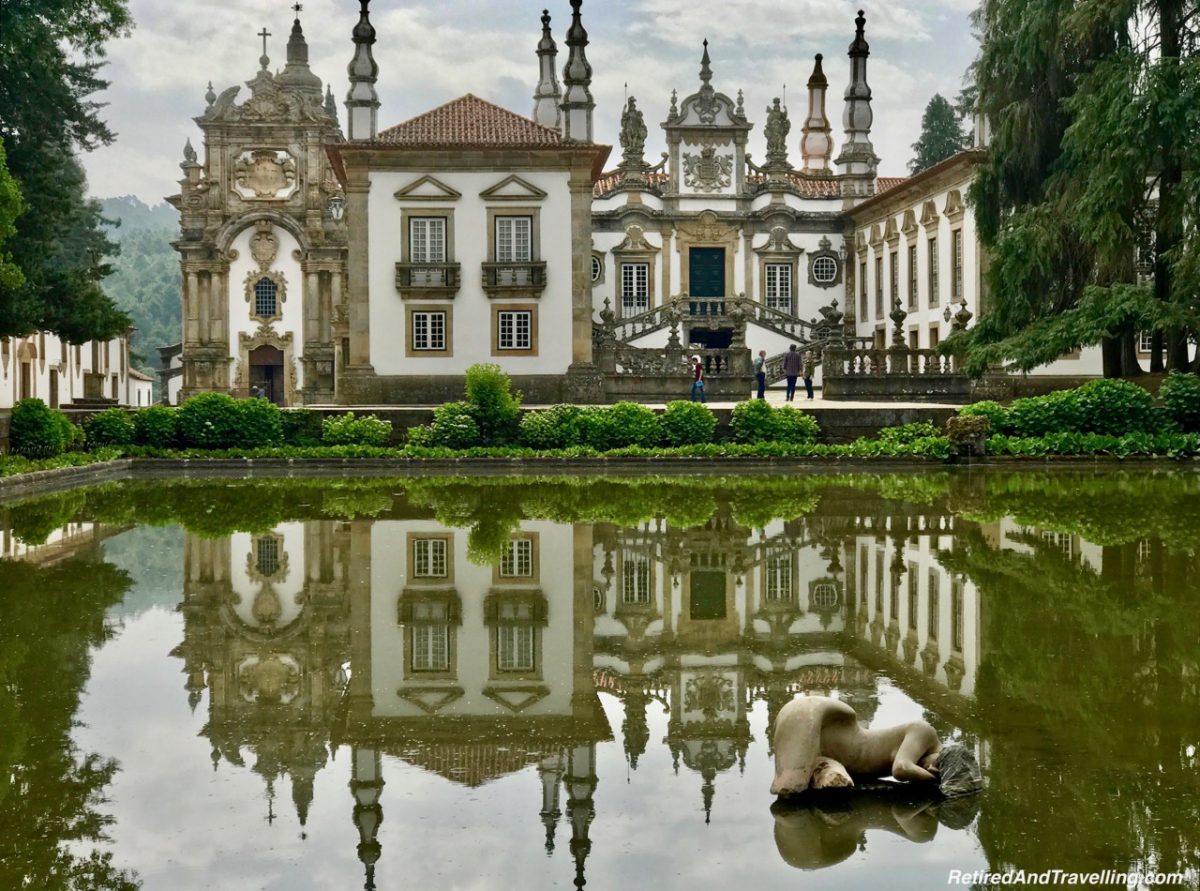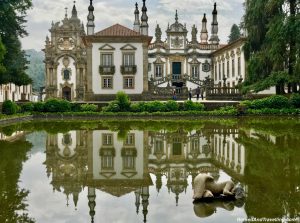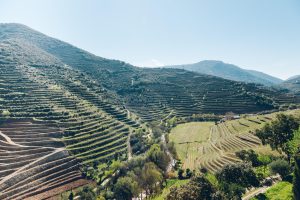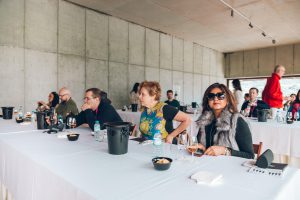The Consorzio Vini delle Venezie has re-elected Albino Armani(March 2019) as president and some of his priorities include the development of promotional activities and maximizing the potential of the appellation: “growth trajectory focused on continuity, to maximize the potential of a product and a region that still have a lot to say to consumers around the world”.
Accepting “the challenge”, Armani said his new board would “continue along the same path of identity, region and Italian style to drive up the value of our Pinot Grigio”.
“We are well aware of the responsibility before us; this appellation holds enormous potential just waiting to be developed. Already the conversation around this great variety has a new and different tone. It is an asset that we must defend and maximize, establishing it with a strong identity firmly grounded in Italy and in the Triveneto in particular,” he said.
The new board’s widespread regional representation includes six members representing Friuli Venezia Giulia, six members representing Trentino, and nine members representing Veneto. This board would create an alliance capable of building a widespread regional identity that can “stake its claim as the Italian Pinot Grigio benchmark on a global scale”, Armani added.
Consorzio Vini delle Venezie DOC was established in 2017 and occupies the entire northeastern part of Italy, including the territories of Friuli-Venezia Giulia, Veneto regions, and the province of Trento.
By the Numbers:
85% of Italy’s Pinot Grigio production is produced in the Triveneto area where,
in 2017, 24,500 hectares were under vine.

